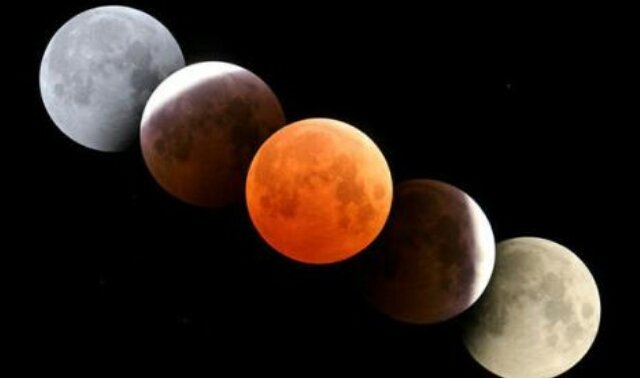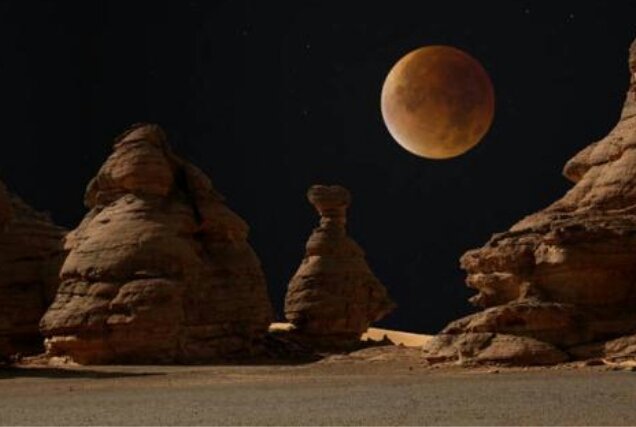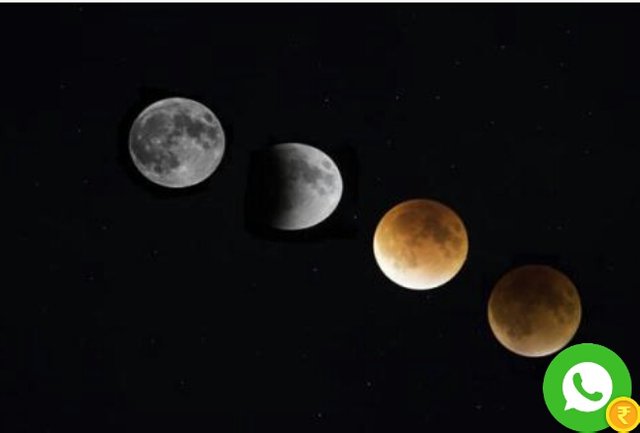The eighth full moon of the current lunar cycle will pass through the Earth’s darkest shadow, or Umbra, on the night of Friday, July 27.
The lunar movement will mark the start of the total lunar eclipse, an event which only happens twice a year due to the moon’s tilted orbit.
From start to finish, the total lunar eclipse is expected to last a whopping one hour and 43 minutes.
The July Blood Moon will be the longest total lunar eclipse to occur between the years 2001 and 2100.
The eclipse will also come incredibly close to the longest possible time eclipse totality can last, which is one hour and 47 minutes.
The last time an eclipse came within the max eclipse time was the eclipse on July 16, 2000, which lasted around one hour 46 minutes.
Unlike solar eclipses when the moon passes between the sun and Earth, which only last a few minutes, lunar eclipses can last up to four hours in total.
This happens because of additional partial eclipsing of the moon on either side of the total lunar eclipse.
Eclipse 2018: The Blood Moon will clock in at one hour and 43 minutes
Before and after totality this year, sky gazers will get to seen an additional hour-long partial eclipse.
In total, the July lunar eclipse will clock in just short of four hours with slight variances depending on where you live.
During totality, scattered sunlight will make the moon glow with a red or orange hue which has earned it the Blood Moon moniker.
NASA’s Goddard Space Flight Center explained: “As the moon passes into the central part of Earth’s shadow, called the Umbra, it darkens dramatically.
“Once it’s entirely in the Umbra the moon appears a dim red due to sunlight scattered through Earth’s atmosphere.
“In fact, if you watch the eclipse from the surface of the moon, you’d see the sun set behind the entire earth, bathing you in a warm red glow.
The reason why the moon will take its time when passing through Earth’s Umbra is because of the distance between the Earth and the moon.
By the end of the month, the moon will be at apogee, or its farthest possible distance from the planet.
Eclipse 2018: The Blood Moon will appear on the night of July 27
Eclipse 2018: Refracted sunlight in the atmosphere paints the eclipsed moon red
The opposite of apogee is perigee and the effect was responsible for the brighter and larger-than-usual January 31 Super Moon.
On the night of July 27, the full moon might appear smaller and more distant than usual, which contributes to the time of totality.
A closer moon moves much faster in its orbit in relation to Earth, resulting in a shorter lunar eclipse.
The last total lunar eclipse visible from the UK was in September 2015 which makes the event all the more special.


